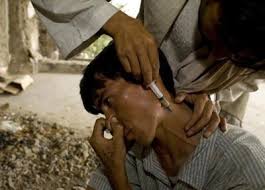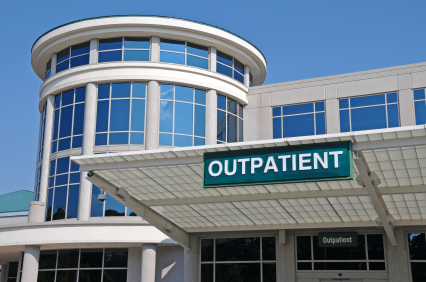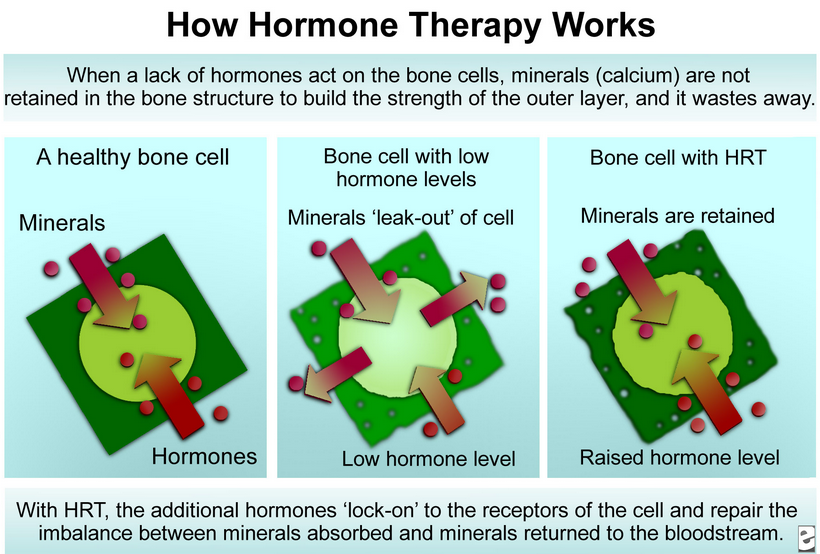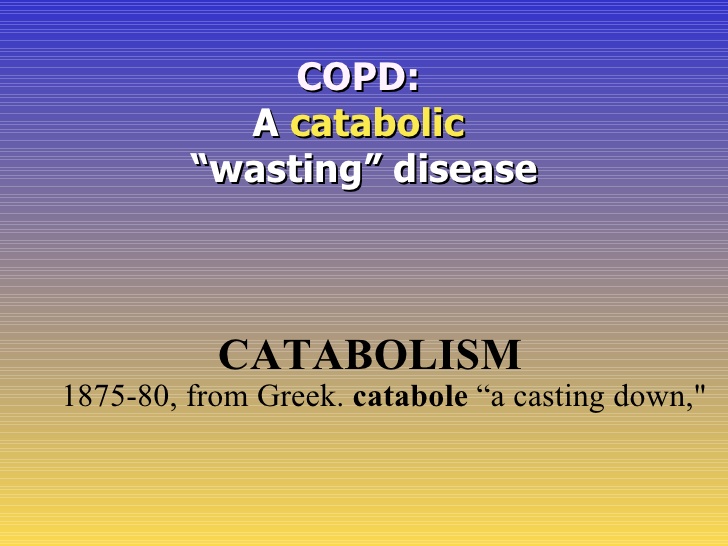Dietary supplement validation

Dietary supplement validation. This may not be scientific but it works well for many
Dietary supplement validation: Gotu kola
At the moment, Gotu kola is sold as a dietary supplement in the United States alongside many other states across the globe. Unlike pharmaceutical, companies that produce drugs (which must provide the FDA with results of detailed testing showing their product is safe and effective before the drug is approved for sale), the companies that make supplements do not have to show such strong substantiation problems or safety or health benefits to the FDA before selling their products. Therefore, dietary supplement products without any reliable scientific evidence of health benefits may still be sold as long as the companies selling them do not claim the supplements can prevent, treat, or cure any specific disease. Some such products may not contain the amount of the herb or substance that is written on the label, and some may include other substances (contaminants).
Dietary supplement validation: The contents of these supplements
Though the FDA has written new rules to improve the quality of manufacturing processes for dietary supplements and the accurate listing of supplement ingredients, these rules do not address the safety of supplement ingredients or their effects on health when proper manufacturing techniques are used.
The majority of supplements have not been tested to find out if they interact with medicines, foods, or other herbs and supplements. Even though some reports of interactions and harmful effects may be published, full studies of interactions and effects are not often available. Because of these limitations, any information on ill effects and interactions below should be considered incomplete.
As for the Gotu kola, even though it is generally considered safe, there are no large clinical studies in humans to fully document side effects, however:
- When used on the skin, possible side effects may include the burning sensation, itching, or allergic rash.
- Stomach irritation and nausea have been observed when the herb is taken by mouth.
- Drowsiness has been reported, especially when the herb is taken in larger doses.
- High doses of Gotu kola have been reported to increase blood sugar and raise cholesterol levels.
- A few cases of hepatitis (liver inflammation) have been reported in people taking Gotu kola.
- It may increase sensitivity to the sun, therefore, it may be necessary that if you are using Gotu kola then avoiding sunlight or use of sunscreen becomes appropriate.
- This herb can cause allergic reactions in some.
- Gotu kola impairs fertility in mice, but human effects are less well known.
Finally, the potential interactions between Gotu kola and other drugs and herbs should be considered. Some of these combinations may be dangerous and that is why you need to consult with your physician from time to time about any herbs you are taking. Some of this herb are not recommended for pregnant women or breastfeeding mothers. Relying on this type of treatment alone and avoiding or delaying conventional medical care for cancer may have serious health consequences. Experts at AWAREmed Health and Wellness Resource Center under the able leadership of doctor Akoury’s care are available to help you with any concerns you may be having about the use of not just Gotu kola, but also other herbal medications. You can schedule an appointment with doctor Akoury today for the commencement of treatment where possible.
Dietary supplement validation: Gotu kola
http://regenerativepotential.com/wp-admin






 Any patient who needs emergency attention should receive it since if it is delayed there might be a loss of life. Therefore if a doctor is asked to attend to a medical emergency as defined in this statement, he must respond. This is both an ethical and legal obligation and therefore every doctor should abide. However rare there will be times when attending a medical emergency is impossible or unsafe for the doctor or patient. If a doctor chooses not to attend he or she may be required to defend that decision in the event of a charge of professional misconduct or criminal prosecution. The patient who needs medical attention is therefore catered for and should not be ignored.
Any patient who needs emergency attention should receive it since if it is delayed there might be a loss of life. Therefore if a doctor is asked to attend to a medical emergency as defined in this statement, he must respond. This is both an ethical and legal obligation and therefore every doctor should abide. However rare there will be times when attending a medical emergency is impossible or unsafe for the doctor or patient. If a doctor chooses not to attend he or she may be required to defend that decision in the event of a charge of professional misconduct or criminal prosecution. The patient who needs medical attention is therefore catered for and should not be ignored.









 The estrogen hormone plays crucial roles in the life of a woman. Among other things this hormone is responsible for the maintenance of
The estrogen hormone plays crucial roles in the life of a woman. Among other things this hormone is responsible for the maintenance of 




 Understanding Xenoestrogens And Breast Cancer
Understanding Xenoestrogens And Breast Cancer

 A number of
A number of 






